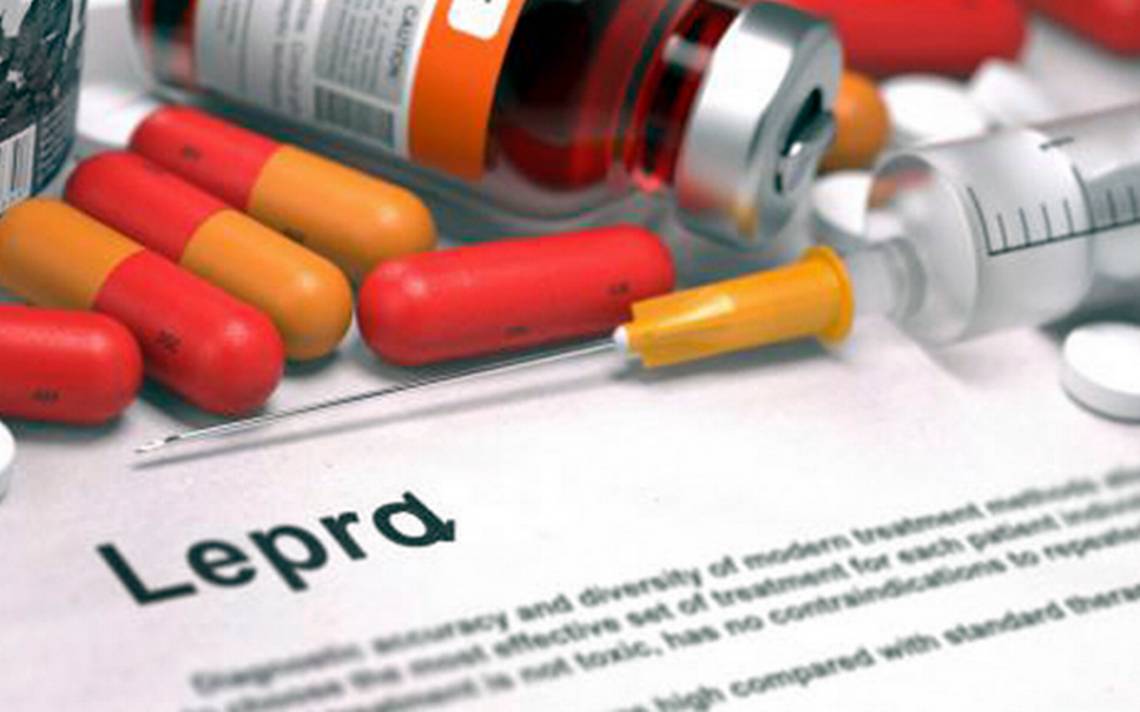[et_pb_section bb_built=”1″][et_pb_row][et_pb_column type=”4_4″][et_pb_text _builder_version=”3.13.1″]
Antibiotics can slow the progression of leprosy, and even cure it, although, depending on the severity of the infection, many patients have to be medicated for life to prevent relapse.
The most commonly used antibiotics to treat leprosy are dapsone, rifampicin and clofazimine. Other drugs that are also administered to leprosy patients are clarithromycin, ofloxacin, ethionamide and minocycline.
A combination of drugs is often used to fight the infection, since the multidrug treatment has shown great effectiveness in the fight against the disease (since 1985 the incidence of leprosy in the world has been reduced by 90%).
At present, leprosy can be cured, and the World Health Organization (WHO) has set the goal of reducing its prevalence to one case per 10,000 inhabitants worldwide, and eliminating it from the list of public health problems.
In order to eradicate leprosy, two fundamental strategies must be established:
- Incorporate specialized services in the fight against the disease in the public health services of the countries where the disease is endemic, facilitating the access of the population to these services in order to obtain an early diagnosis.
- Providing sufferers with the appropriate medication for free. The diagnosis and early treatment of the disease significantly reduce the consequences of leprosy, and make it possible for patients to lead a normal life.
Learn more about your health and well-being at Pharmamedic.
[/et_pb_text][/et_pb_column][/et_pb_row][/et_pb_section]







